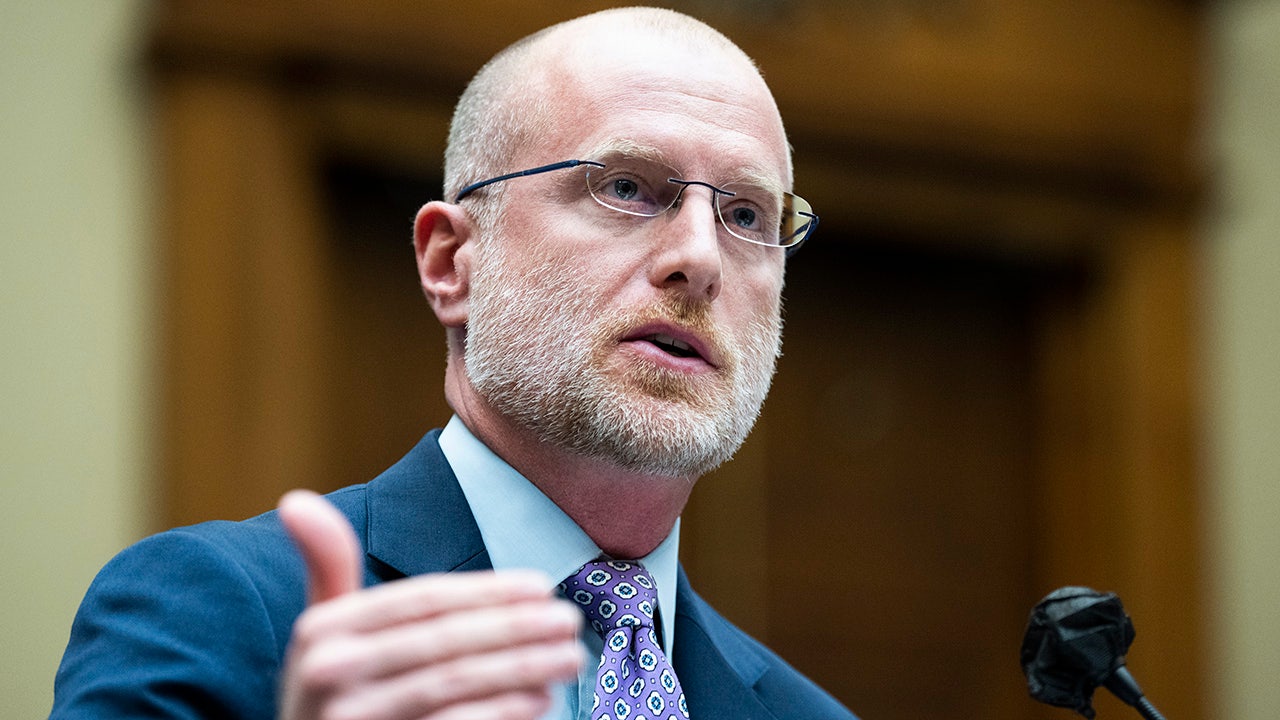The clear need to do much more to cut greenhouse gas emissions was underlined again at all events in 2022, the UN weather agency said, calling for increased adaptation to climate change, including universal access to early warnings.
“This year we have faced several dramatic weather disasters that have claimed far too many lives and livelihoods, and undermined health, nutrition, energy and water security and infrastructure,” he said WMO Chef Petteri Taalas.
On the warmest route
As global temperature numbers for 2022 are released in mid-January, the past eight years are on track to become the eighth warmest on record, according to the WMO.
While the persistence of a cooling La Niña event, now in its third year, means 2022 will not be the warmest year on record, its cooling effect will be short-lived and the long-term warming trend driven by Record levels caused by non-reversing heat-trapping greenhouse gases in our atmosphere.
Additionally, this will mark the tenth consecutive year that temperatures have been at least 1°C above pre-industrial levels – probably exceed the 1.5°C limit of the Paris climate agreement.
Early Warnings
Early warning, increased investment in the essential global observation system, and building resilience to extreme weather and climate conditions will be among WMO’s priorities in 2023 – the year the WMO community celebrates its 150th anniversary.
“There is a need to improve preparation for such extreme events and ensure we meet them UN target of early warning for all in the next five yearssaid the top WMO official.
WMO will also promote a new method of monitoring the sinks and sources of carbon dioxide, methane and nitrous oxide using ground-based Global Atmosphere Watch, satellite and assimilation models that will provide a better understanding of how key greenhouse gases behave in the atmosphere .
climate indicators
Greenhouse gases are just one climate indicator used to monitor levels.
sea level, which has doubled since 1993; ocean heat content; and acidification are also at record highs.
The last two and a half years alone have been responsible for 10 percent of all sea level rise since satellite measurements began almost 30 years ago. according to the preliminary report “State of the Global Climate in 2022” by the WMO.
And 2022 took an exceptionally heavy toll on glaciers in the European Alps, with early signs of record-breaking meltdown.
The Greenland ice sheet lost mass for the 26th year in a row, and in September it rained instead of snowing on the summit for the first time.
A young boy stands in front of a waterhole in a drought area in Bangladesh.
National heat toll
Although 2022 didn’t break any global temperature records, it surpassed many national heat records around the world.
India and Pakistan experienced rising heat in March and April. China had the largest and most prolonged heatwave on record and the second driest summer on record.
And parts of the northern hemisphere were exceptionally hot and dry.
A large area around central-northern Argentina, as well as southern Bolivia, central Chile and most of Paraguay and Uruguay experienced record-breaking temperatures during two consecutive heat waves in late November and early December 2022.
“Record-breaking heatwaves have been observed in China, Europe, North and South America,” the WMO chief added. “The prolonged drought in the Horn of Africa threatens a humanitarian catastrophe
And while large parts of Europe sweltered in repeated episodes of extreme heat, the UK set a new national record in July when the temperature rose above 40°C for the first time.
record rain
In East Africa, rainfall has been below average for four consecutive rainy seasons – the longest in 40 years – sparking a major humanitarian crisis that has affected millions of people, devastated agriculture and killed livestock, particularly in Ethiopia, Kenya and Somalia.
Record rains in July and August led to widespread flooding in Pakistan, killing at least 1,700, displacing 7.9 million and affecting 33 million people.
“One-third of Pakistan was flooded, with great economic losses and human casualties,” Mr Taalas recalled.





